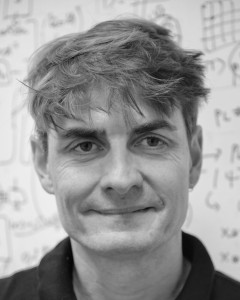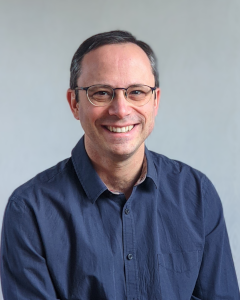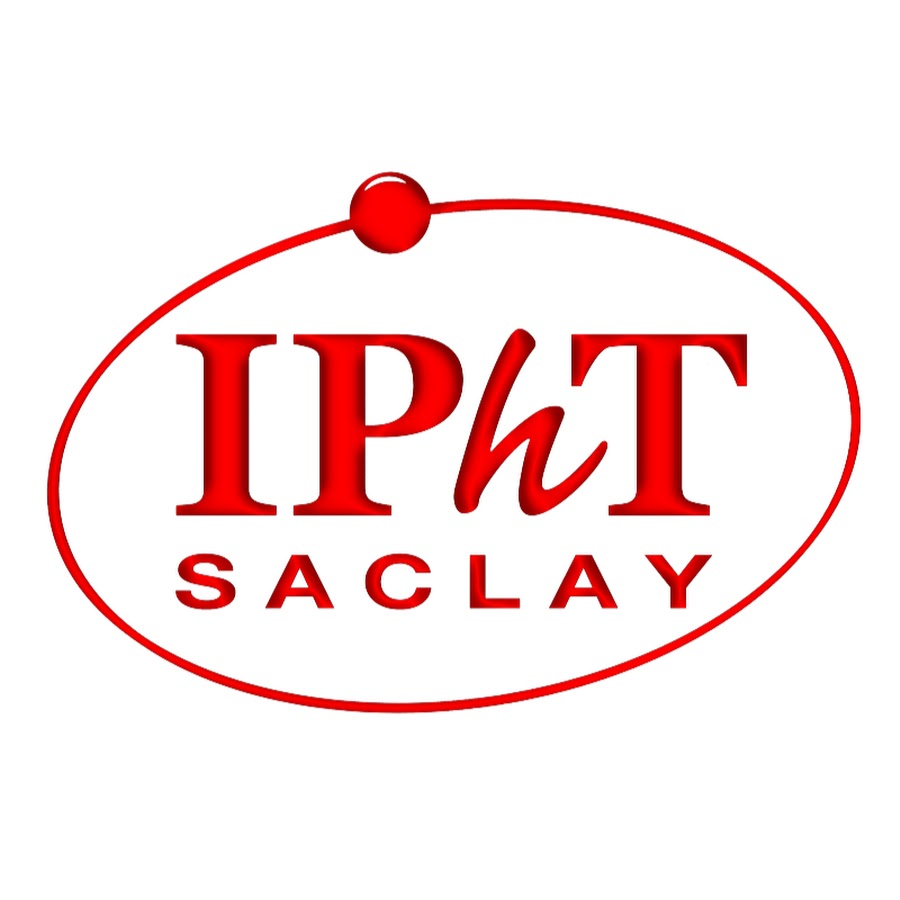Our teams engage in research on quantum theory, information theory, and the interplay between these fields. We explore applied and fundamental questions related to the certification, the quantification and development of resources for quantum technologies.
We are based in the Institut de Physique Théorique (CEA/CNRS/Université Paris-Saclay).
To learn more, please visit each team’s website.







